Ants in Kentucky Landscapes and Gardens
ENTFACT-458: Ants in Kentucky Landscapes and Gardens | Download PDF
by Hannah Penn
University of Kentucky College of Agriculture
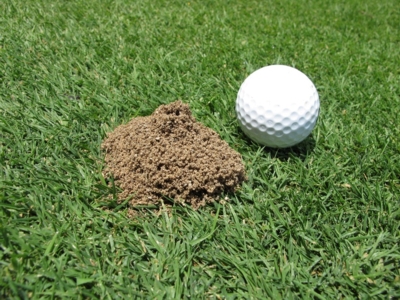
Ant Mound (Photo: D. Potter)
Ants, or signs of their activities, are visible most everywhere in Kentucky landscapes. Dozens of species, ranging from tiny (less than 1/16”) to large (about 3/8”) with red, black, or brown bodies, live in colonies established underground or in moist wood. Each has a unique combination of behaviors and food preferences that dictates colony location.
Wingless, sterile workers crawl about gathering food. Large numbers of winged reproductive stages emerge from the ground for mating flights at specific times during the year.
From a human perspective, ants are mostly beneficial. They prey on eggs and small insects and help to disperse the seeds many plants. Ants are tiny rototillers whose burrowing helps to turn over the soil and to recycle nutrients that enable plant growth. They also help to clean up dead insects and other debris.
Ant mounds may be considered objectionable, especially in lawns or on golf courses where they can smother low-cut grass and interfere with play. Carpenter ants can be destructive to structures or outdoor wood furniture. A few ant species become household pests when they enter homes in search of food. Although ants cannot be eradicated from an area, it may be desirable and possible to restrict their activities to some extent.
Soil-Dwelling Ants
Mounds of soil-dwelling ants are common in and around lawns and home gardens. They are accumulations of soil excavated as these social insects develop networks of underground tunnels and chambers. The tunnels and chambers are retreats where the queen produces eggs and where workers tend developing ant larvae and pupae. Destruction of the nest and queen is the key to eliminating a mound.
Turf grass and black garden ants (Lasius, Fig. 1) are two related species that nest in grassy areas. Wingless workers are about 0.2 inches long and do not have stingers. Lasius ants feed on turf pests such as cutworms, sod webworms, and root-feeding white grubs. Their mounds, when excessive, can be a problem on golf course putting greens. These ants sometimes tend sap feeders, such as aphids and scale insects, to collect their nutrient rich waste liquid (honeydew).

Fig. 1: Lasius niger, the black garden ant, worker. (Photo by Jean Brodear)
Pavement ants (Tetramorium caespitum, Fig. 2) are black to brown ants that nest under bricks, stones, and pavements. They can sting if provoked. Large groups of pavement ants from different colonies may fight for the opportunity to hunt in each other’s territories. These ants will eat many things: including live and dead insects, seeds, and honeydew. They can be beneficial predators of garden pests.
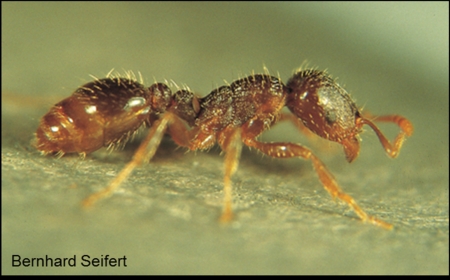
Fig. 2: Tetramorium caespitum, the pavement ant, worker. (Photo by B. Seifert)
Little black ants (Monomorium minimum, Fig. 3) are very small (0.06 inches long) shiny black insects. They have stingers but typically do not sting people. Theys nest under rocks or loose tree bark and often can be found on plants collecting nectar or honeydew from aphids or scale insect. They also may eat live and dead insects and spiders. Some may pollinate plants as they forage for food among flowers.
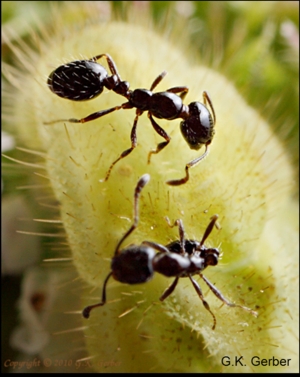
Fig. 3: Monomorium minimum, little black ant, worker.
(Photo by G K Gerber)
Wood-Infesting Ants
A few ant species chew tunnels and chambers in structural timbers, wooden fences and trellises and outdoor furniture. Usually, they pick items that retain moisture. They do not use wood as a food source but remove it to make tunnels and galleries in which to raise their young.
Carpenter ants (Camponotus, Fig. 4) are relatively large (about 0.24-0.5 inches long). The important pest species are black. Carpenter ants are stingless but can pinch with their large toothed jaws. As with other species, these ants feed on live and dead insects and honeydew. For more detailed information on carpenter ants, see ENTFACT-603.
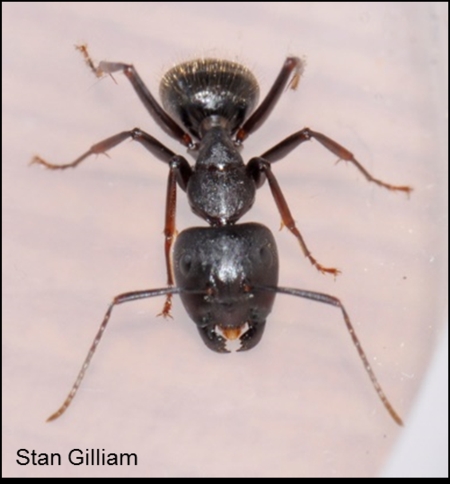
Fig. 4: Camponotus spp, one of several common
Kentucky carpenter ant species. (Photo by Stan Gilliam)
Acrobat ants (Crematogaster, Fig 5) are about 0.2 inches long and vary from yellow to brown/black. They are a group of species characterized by heart-shaped abdomens that are held above body when they are agitated; they can sting. Acrobat ants are found on and near trees and generally chose nesting locations off the ground. They hunt for sugar sources but readily eat small insects that are alive or dead.
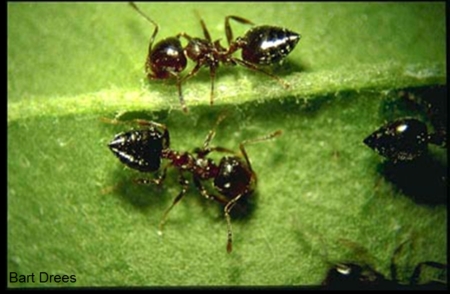
Fig. 5: Crematogaster spp, one of several common
acrobat ant species found in Kentucky. (Photo by Bart Drees)
Managing Ants
Ants are present in an area because its characteristics meet their needs: well-drained soil, sheltering rocks, soft, moist wood, or available food. It is impractical to eliminate ants from the landscape but it is possible to manage colonies of nuisance ants in and around homes. However, overly aggressive treatment of ants in outdoor landscapes, such as lawns or gardens, can in some cases result in increased pest problems by disrupting the ants’ predation on other pests. It is best to integrate several methods to try to reduce the problem and make the site less attractive.
Food and water – Ants are constantly searching for food and water for the colony. If pets are fed outdoors, only expose their food for a limited time so ants do not discover a reliable supply. Pick up and discard overripe sweet fruit from the garden. Repair leaky faucets. Sticky tape or similar barriers can prevent ants from foraging at hummingbird feeders.
Trees and shrubs – Ants often protect sap-feeding insects from predators in exchange for honeydew, so excluding ants from aphid- or soft scale-infested plants can increase natural control of those pests by lace bugs, lady beetles, and other beneficial insects. Bands of sticky substances (TangleFoot) just above the base of plants that attract ants can keep them off. The material can be placed on a duct tape or aluminum foil collar to protect the plant from contact.
Bait stations, granules or gel baits, containing an attractive food plus a slow acting insecticide can be very effective in reducing ant numbers. Foraging ants take the bait back and share it with other colony members, including the queen and developing brood. This targets the colony rather than just killing a few wandering workers. Baits take time to work and it may be necessary to try several baits in order to find one that the ants will accept. Follow label directions.
Insecticide sprays and granules are labeled for ant control in lawns and gardens. If this approach is used, target active mounds using label instructions. Broadcast applications over large areas can kill some foraging workers but are unlikely to eliminate colonies.
Disruption of nests by frequently disturbing the soil or drenching the area with water may force ants to relocate to another area.
Eliminate moist wood Improving drainage and replacing rotting wood and mulch are the main methods of solving chronic problems with wood-infesting ants.
Most ants found in and around Kentucky yards and gardens pose no threat to human, pets, plants, or structures. However, problematic ants can be controlled by removing potential nest locations (i.e. logs), using a sticky coating to prevent climbing, or various insecticide applications. For more information on controlling ants in houses see ENTFACT-619.
Ant Spread and Re-Infestation
Ant reproduction and dispersal are marked by swarming of winged males and queens at certain times of the year. These swarmers search for suitable sites to enter the soil and begin new colonies. Sites where ants have been nesting remain attractive even after an active colony is eliminated. In time, new swarmers will find it and start the process of colonization. Making a site unacceptable for ants is usually impractical so it will be necessary to check these areas occasionally for renewed activity and respond as necessary.
More Information and References:
- University of Kentucky Critter File: Ants
- University of Kentucky Critter File: Wasps, Ants, and Bees of Kentucky
- School of Ants
- Ants (Formicidae) of the Southeastern United States
- AntWiki
- AntWeb
- AntBase
- Bestelmeyer, B. T., Agosti, D., Alonso, L. E., Brandão, C. R. F., Brown, W. L., Delabie, J. H. C., ... & Schultz, T. R. (2000). Ants: standard methods for measuring and monitoring biodiversity. Ants: standard methods for measuring and monitoring biodiversity.
- Lach, L., Parr, C. L., & Abott, K. L. (2010). Ant ecology. Oxford University Press.
- López, R., & Potter, D. A. (2000). Ant predation on eggs and larvae of the black cutworm (Lepidoptera: Noctuidae) and Japanese beetle (Coleoptera: Scarabaeidae) in turfgrass. Environmental entomology, 29(1), 116-125.
- Rust, M. K. & D. H. Choe, Pest notes: ants UC ANR Publication 7411. http://www.ipm.ucdavis.edu/PMG/PESTNOTES/pn7411.html
11/2015
CAUTION! Pesticide recommendations in this publication are registered for use in Kentucky, USA ONLY! The use of some products may not be legal in your state or country. Please check with your local county agent or regulatory official before using any pesticide mentioned in this publication.
Of course, ALWAYS READ AND FOLLOW LABEL DIRECTIONS FOR SAFE USE OF ANY PESTICIDE!
Images: University of Kentucky College of Agriculture, unless otherwise indicated.
